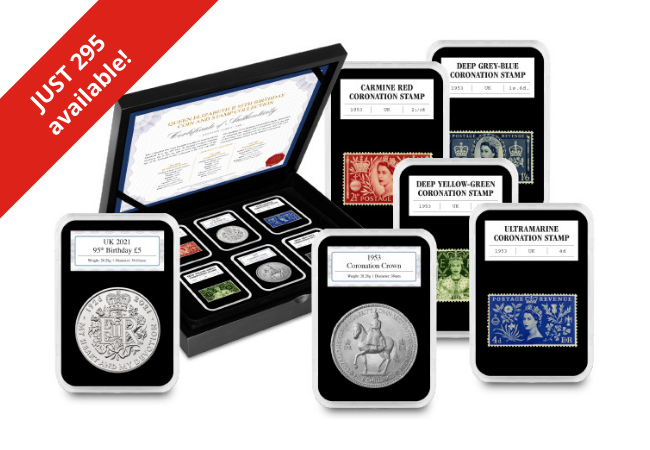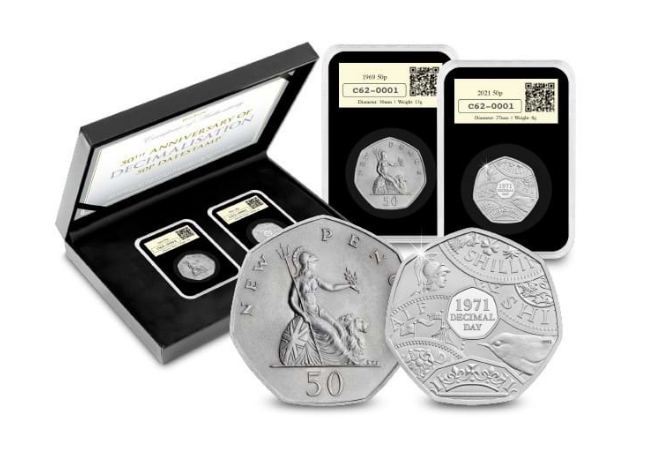Posts Tagged ‘British history’
The iconic train known around the world – The Flying Scotsman
First constructed in 1923, the LNER Class A3 4472 became a flagship locomotive for the London and North Eastern Railway (LNER), and due to its notable service on the London to Edinburgh Flying Scotsman line, the train itself became known as The Flying Scotsman.
Over its long career, The Flying Scotsman set two world records; one for being the first steam locomotive to be officially authenticated at reaching 100mph, and then setting a record for the longest non-stop run by a steam locomotive when it ran 422 miles whilst in Australia.

The Flying Scotsman was retired from active service in 1963 after covering over 2.08 million miles, and was bought by several private owners, before finally being purchased by the National Railway Museum in 2004 for £2.3 million.
After a couple of years of failed uses as a charter train due to various mechanical issues, in 2006 The Flying Scotsman entered the National Railway Museum’s workshops to begin a large scale overhaul and restoration project.
The complete restoration of the locomotive took ten years to complete – during which time the A4 boiler was replaced with a spare A3 boiler which matched up to the locomotive’s original specifications. Other issues were encountered during the restoration, including misaligned frames, and cracking throughout the frame and cylinders.
Finally, in January of 2016, The Flying Scotsman’s restoration was fully completed and returned to active service wearing its Wartime Black livery.

As part of this restoration, the left trailing front bogie axle-boxes had to be replaced. These axle boxes were each stamped with ‘103’ – the number The Flying Scotsman ran under in post-war years, and as such would’ve covered hundreds of thousands of miles whilst fitted to the famous locomotive.
These axle boxes were then melted down into ingots, before being commissioned by The Westminster Collection to be cast into miniature sculptures of The Flying Scotsman for use in a special commemorative issue…

The BRAND NEW Flying Scotsman Provenance Commemorative
And now, a small number of collectors have the chance to own a BRAND NEW Commemorative featuring an ACTUAL piece of The Flying Scotsman…
This incredible commemorative features an original piece of The Flying Scotsman, cast into the shape of the iconic locomotive and meticulously precision set into a deluxe SUPERSIZE 70mm commemorative.
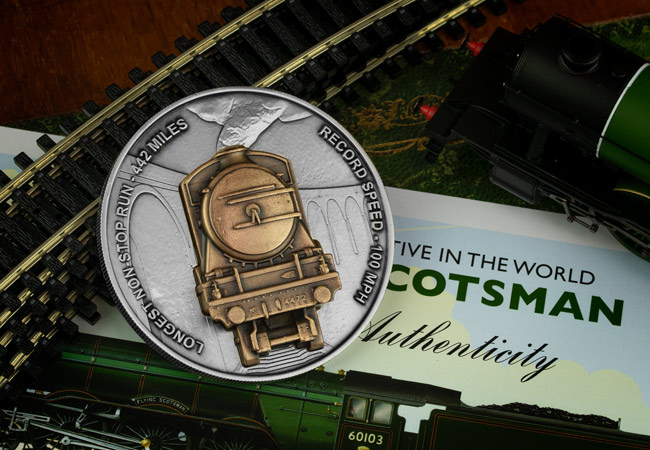
Even without the piece of The Flying Scotsman, this commemorative is a work of engineering art in its own right. Combined with the original piece of Flying Scotsman, it becomes a piece of locomotive history…
Only 250 lucky collectors have the chance to own this special new commemorative. The last Provenance commemorative that featured a piece of Hawker Hurricane SOLD OUT in a matter of weeks. Click here to secure your Flying Scotsman Provenance Commemorative while you can!
The Top 5 Historic Queen Elizabeth II Commemoratives…
Happy Birthday to Her Majesty!
This year, Queen Elizabeth II celebrates her 95th birthday. A remarkable milestone for the record breaking monarch and a moment that is crucial to our country’s history. Her reign alone has seen the transformation of the Commonwealth, our entry into and exit from the European Union, the invention of the internet, and 14 prime ministers! As the Queen’s 95th birthday approaches, not only has she become the first monarch to reach a Sapphire Jubilee, but she is also the first to reach this milestone age.
Many historic commemoratives have been issued to mark these important moments, and these have become must-haves for collectors. With the Queen’s next milestone birthday approaching, the demand for these commemoratives is rising and they’re becoming harder to source, especially those more historic issues…
The Coronation Crown

The most famous historic commemorative in the collecting world has got to be the UK Coronation Crown. Issued in 1953, the year of the Queen’s coronation, this Crown coin represents the beginning of a long and prosperous reign for the Queen. It features a special effigy of the Queen on horseback, a fitting tribute to the young Queen’s love of horses. At almost 70 years old, this coin has become a staple for Royal and Historic collectors as it marks one of the most important years of the Queen’s life.
The 1953 Coronation Stamps
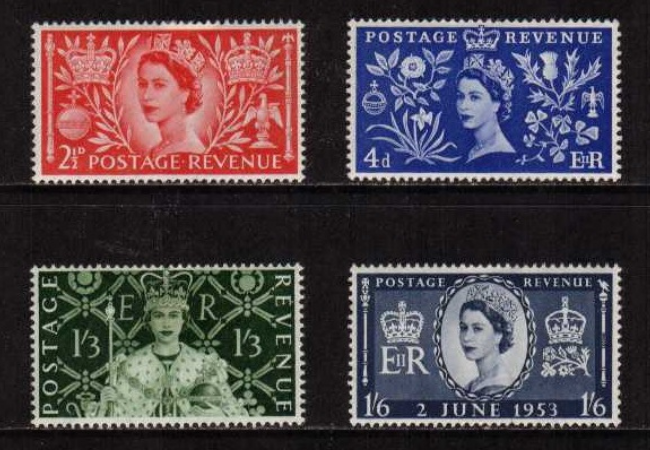
Alongside the Coronation Crown, four commemorative one-year-only stamps were also issued with a special design specifically for the coronation. At 68 years old, these stamps are extremely hard to source in good condition. They are popular with collectors around the world, particularly the Yellow-Green 1/3 stamp, which shows the Queen in her Coronation gown and crown.
The Longest Reigning Monarch Issues

In 2015, the Queen became the longest reigning monarch, as she passed Queen Victoria’s record, marking an important moment in history. The Royal Mint issued a remarkable £20 Silver Coin, which included five portraits of Queen Elizabeth II on the reverse creating a timeline effect of the Queen’s historic reign.

Alongside this the Royal Mail also issued special one-year-only commemorative stamps to celebrate this important moment, including a special purple 1st class definitive stamp.
The Sapphire Jubilee Gold £5 Coin

The Royal Mint has issued several remarkable commemoratives to celebrate the Queen’s life and service, but the 2017 Sapphire Jubilee Gold £5 coin stands out above the rest. Struck for the 65th year of the Queen’s reign, the design includes a quote from the Queen’s 21st Birthday Speech “My whole life, whether it be long or short, devoted to your service”, represents the Queen’s lifelong dedication to serving the country. Less than 650 of these coins were ever issued and it has become one of the most sought-after Gold £5 coins ever…
The Queen’s 95th Birthday £5 Coin
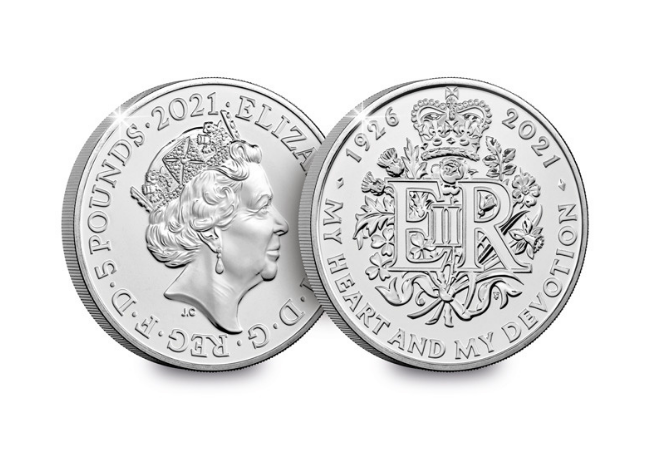
Potentially the most important £5 ever issued is the UK 2021 95th Birthday £5. It holds multiple tributes to her Majesty’s long life, including the year of her birth – 1926. The coin also features the inscription “My Heart and My Devotion” in reference to the promise made in her first ever televised speech on Christmas Day in 1957.
As the Queen reaches her birthday this year, demand for this issue has already proven to be incredibly high with collectors. This coin is set to be a long lasting symbol of the Queen’s longevity, and one that collectors won’t want to miss out on.
So there’s our Top 5 commemoratives which celebrate the Queen’s legacy, which one is your favourite? Let us know in the comments below!
If you’re interested: The Queen’s 95th Birthday Coin and Stamp Collection!
Own the Queen’s 95th Birthday Coin and Stamp collection for JUST £64.99 (+p&p). Including four one-year only historic coronation stamps, the first Crown of the Queen’s reign, the BRAND NEW UK 95th Birthday £5 Coin in Brilliant Uncirculated finish, and limited to JUST 295, this set really does have it all…
The countries that went Decimal long before the UK…
On 14th February 1971, the country went to bed with one currency, and woke with another. The following day, 15th February 1971, Britain went decimal. And this year marks the 50th anniversary of this monumental change.
The UK has been at the forefront of iconic and innovative coin designs throughout history. From King Edward III’s first gold coin which was introduced to the UK in 1344, to the experimental and iconic new designs seen on The Royal Mint’s latest issues.
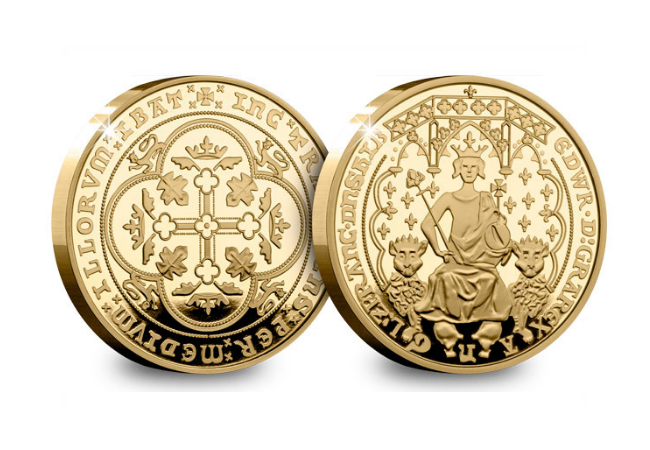
But the UK wasn’t the first country to go decimal. In fact, it was rather slow in its conversion and was one of the last countries in the world to go decimal. And the growing pressure of a world around it changing to Decimal currency would eventually push the UK to make the switch…
Who was the first?
Russia is considered the first country to go decimal, as under Tsar Peter the Great, the Russian Ruble was introduced with a sub-division of 100 Kopeks. It wasn’t until almost 100 years later in 1794 that France followed suit with the Franc, and the Netherlands was the third European country to go decimal in 1817 with the Dutch Guilder. Impressively, there are now only two countries in the world that are still using non-decimal currency – Madagascar and Mauritania (and interestingly both countries’ currencies are sub-divided into units of 5).
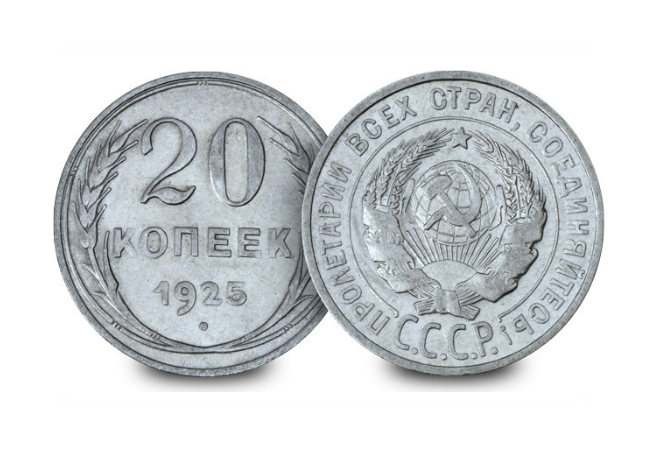
What about the Commonwealth?
By the 1960s, half the world had gone decimal and a number of Commonwealth countries had also made the switch to a decimal currency. Australia, New Zealand, and South Africa all turned to decimal throughout the 1960s giving rise to a powerful decimalisation movement in the UK. As the world around it converted to a modern decimal currency, it seemed inevitable that the UK would soon have to follow suit.
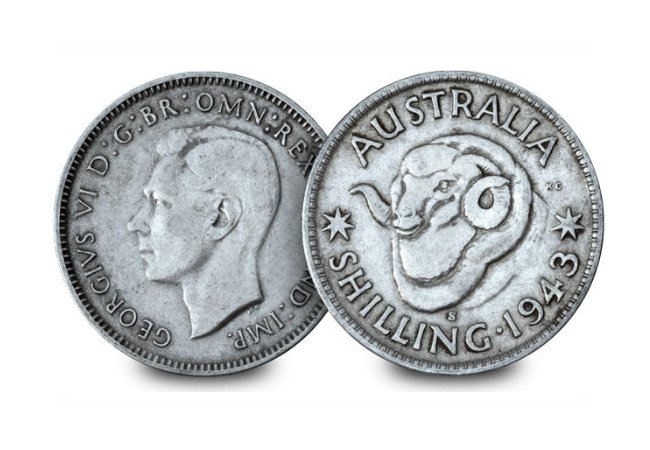
By the time the UK eventually got to Decimal Day, the majority of the world had already made the switch. That includes the likes of the US, Greece, Spain, Switzerland, The Philippines, Nova Scotia, Bolivia, China, Brazil, Jamaica, Fiji, and many more.
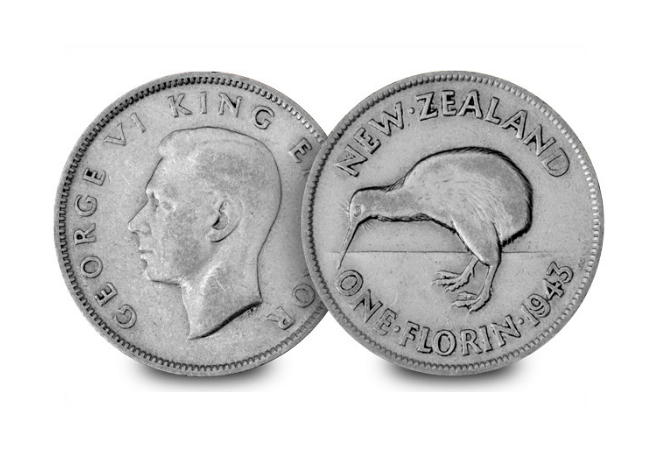
When D-Day finally came…
When Decimal Day finally arrived in 1971, many countries around the world had long since made the switch. For the UK, although the wheels had been set in motion with the introduction of the Florin 120 years prior, it wasn’t until 1968 that decimal coins officially circulated. The 10p and 5p coins were issued alongside their pre-decimal siblings, the Florin and Shilling, for almost 3 years before Decimal Day. Importantly, the first 50p coin entered our circulation in 1969, ultimately becoming the collector’s staple denomination. Fittingly, it is also the denomination that The Royal Mint have chosen to commemorate the 50th anniversary of Decimalisation this year.
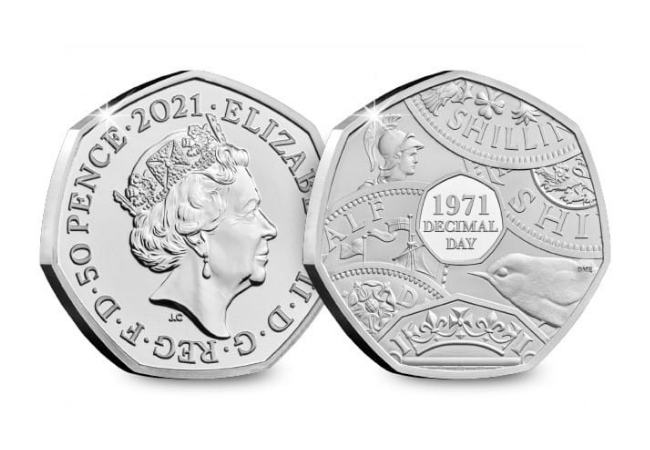
These early introductions helped the public warm to decimalisation and after seeing the world around them change. 15th February 1971 marked a long foreseen, yet inevitable event for the public – the biggest for UK coinage in over a thousand years! It altered the lives of everyone in the UK, remember these were the days before bank cards, and people had to learn a whole new currency! It is certainly an important moment in the history books.
If you’re interested: A NEW DateStamp™ has been authorised!
An original UK 1969 50p coin has been paired alongside a BRAND NEW 2021 UK 50th Anniversary of Decimalisation BU 50p to mark the upcoming 50th anniversary. Each will be officially postmarked by Royal Mail on the day, preserving your coins in a moment in time. Just 2,021 50th Anniversary of Decimalisation 50p DateStamp™ pairs have been authorised, act NOW to pre-order yours.

